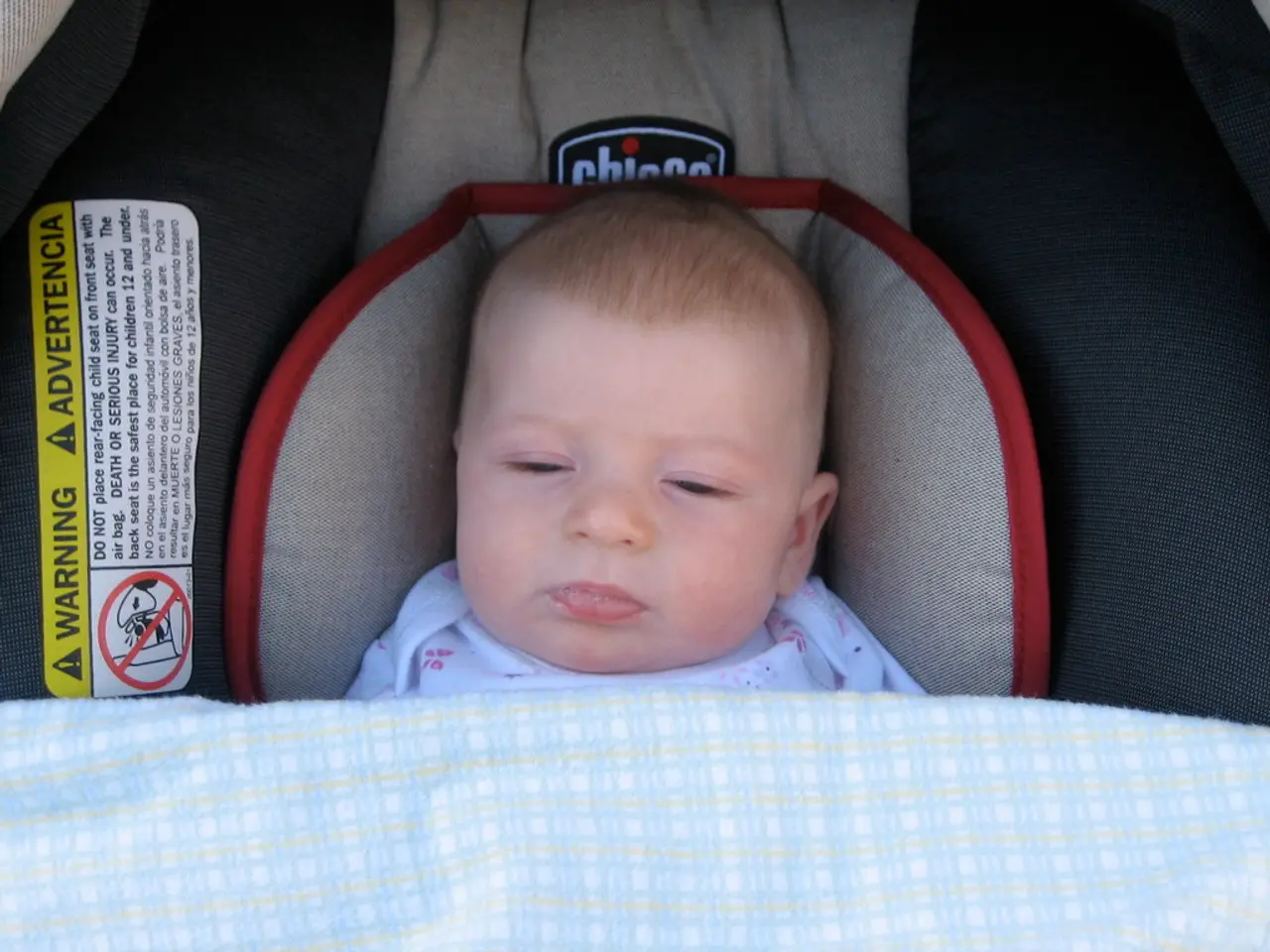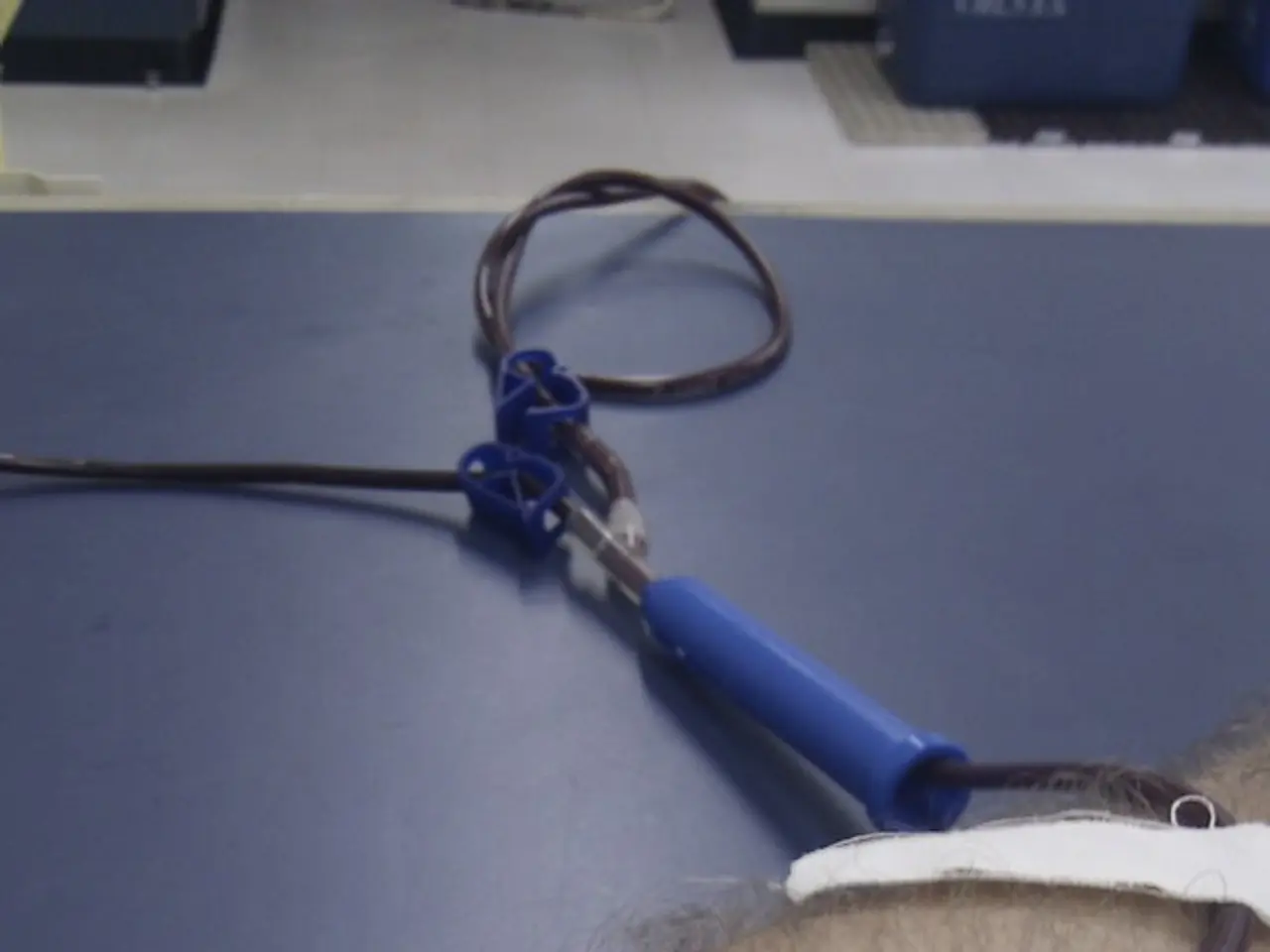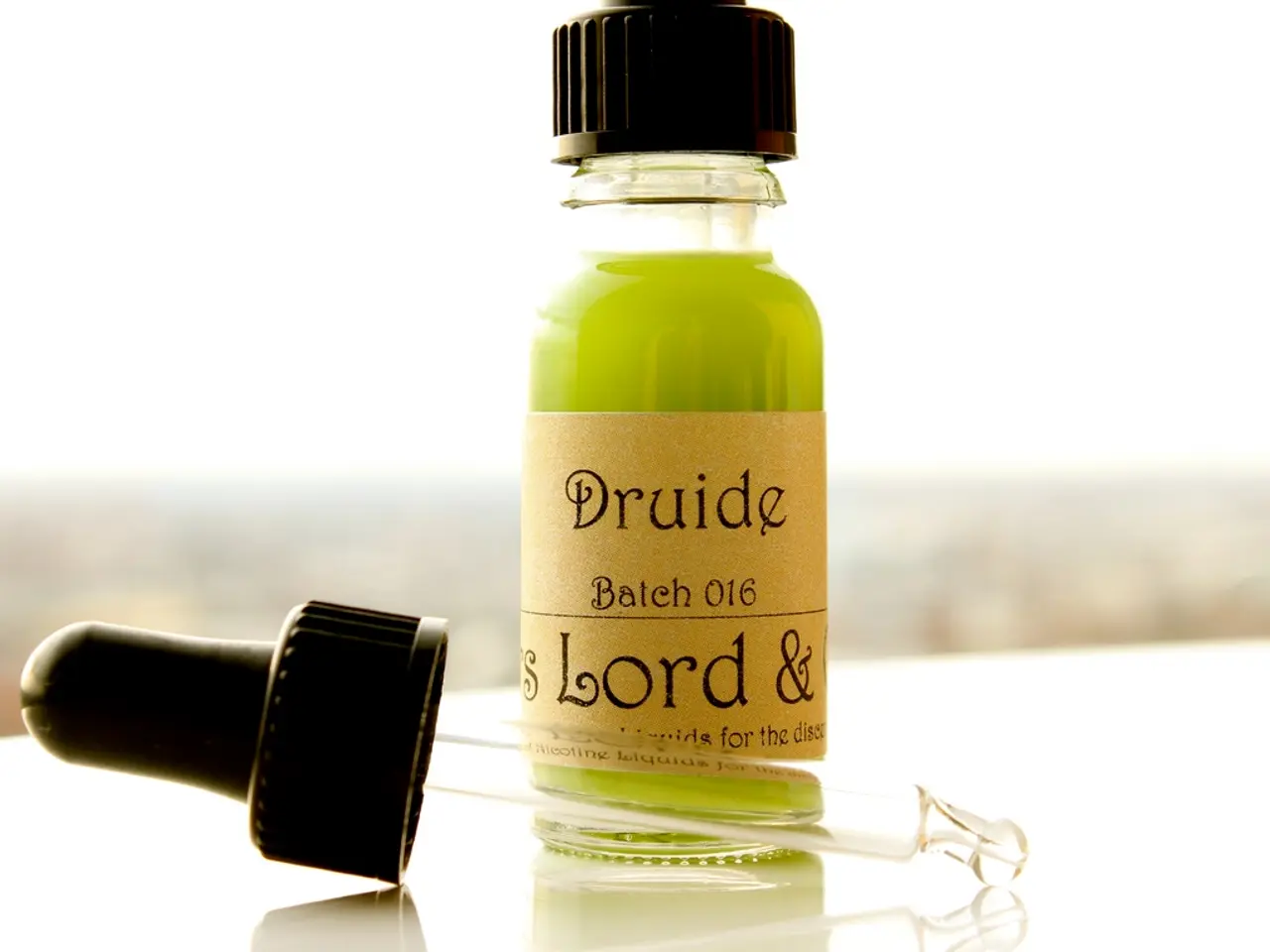Child conceived from a 30-year-old frozen embryo successfully born in the United States
In a heartwarming story that underscores the power of perseverance and hope, a US couple, Lindsey and Tim Pierce, welcomed a baby boy last week. This joyous occasion marks a significant milestone in the world of assisted reproductive technology, as the embryo used for the birth was frozen for an astonishing 31 years.
The Pierces had been battling infertility for years before the birth. After exhausting various treatment options, they turned to embryo adoption, a process that has been around since the 1990s. This method involves the use of donated embryos, which are given to couples seeking to have children, often after prolonged infertility struggles.
The embryo that led to the Pierces' son was frozen in 1994. Over the past three decades, it remained in storage, its future uncertain, as many parents grapple with what to do with their leftover embryos created in IVF labs. An even smaller fraction of IVF births involve donated embryos.
The Pierces' donor was Linda Archerd, aged 62, who selflessly donated her embryos to help another family start their own. Some fertility clinics and advocates are promoting embryo adoption, often with Christian-centered beliefs. These advocates oppose discarding leftover embryos, believing that life begins at or around conception and that all embryos deserve to be treated like children who need a home.
Medical experts estimate that about 1.5 million frozen embryos are currently being stored throughout the US. This case, believed to be the longest storage time before a birth in known embryo adoption cases, demonstrates the viability of embryos even after very long-term cryopreservation.
This achievement, reported to have occurred in 2025, is a testament to the hope and resilience of families who have faced infertility challenges. The Pierces' story serves as a beacon of hope for those who are still on their own journeys towards parenthood.
References: [1] ABC News. (2025, March 15). Ohio Couple Welcomes Baby Born from 31-Year-Old Frozen Embryo. Retrieved from https://abcnews.go.com/Health/ohio-couple-welcomes-baby-born-31-year-old-frozen/story?id=7891233
[2] The New York Times. (2025, March 16). A Baby Born from a Frozen Embryo After 31 Years. Retrieved from https://www.nytimes.com/2025/03/16/health/frozen-embryo-birth-31-years.html
[4] The Washington Post. (2025, March 17). The Longest-Known Storage Time for a Frozen Embryo Before a Birth. Retrieved from https://www.washingtonpost.com/health/2025/03/17/longest-known-storage-time-frozen-embryo-birth/
The Pierces' long-awaited family expansion was facilitated by embryo adoption, a method rooted in health-and-wellness discussions about reproductive technology and family health. Lindsey and Tim's journey serves as a powerful illustration of mental health resilience, highlighting the significant impact of hope and perseverance in parenting.




